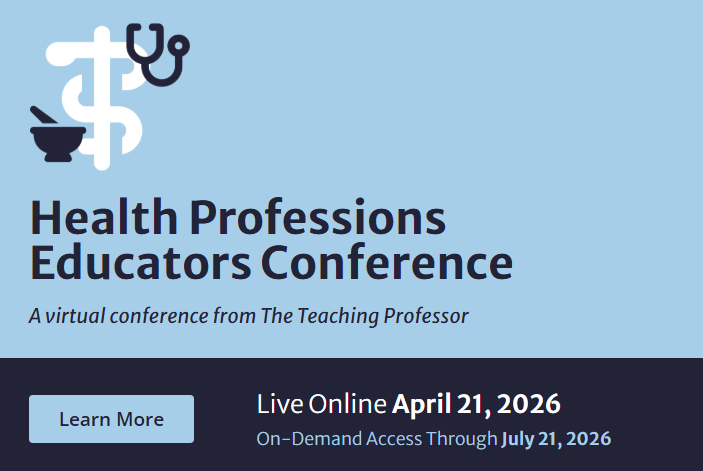What Types of Support Do Adjuncts Need?
With part-time faculty now the majority of instructors at most higher education institutions, it’s important to provide them with the support they need to succeed. But what kind of support do they find most useful? The answer to this question can help administrators meet adjuncts’ needs and make the best use of limited resources.



